Korean automaker Hyundai Motor is not going to give up its place in the global market to Chinese competitors, and therefore is going to use the compact hatchback Inster to begin developing the segment of inexpensive electric cars in Europe, Asia and the Middle East. The car with a range of 300 km will be offered at a price of $26,000.
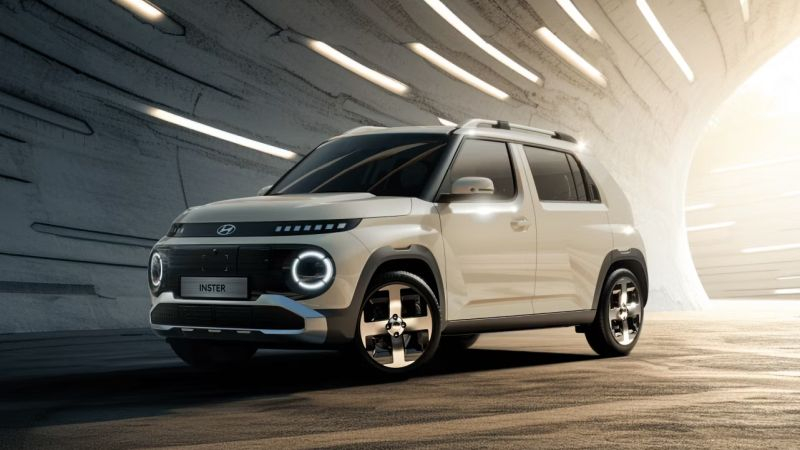
Fonte da imagem: Hyundai Motor
Importantly, the small electric car combines retro design elements that will definitely appeal to European consumers with modern electronics and wide transformation capabilities. Since the electric powertrain gives engineers more freedom in terms of layout, Hyundai specialists have provided a decent amount of interior space with fairly modest external dimensions. Detailed technical specifications will be known before the end of this month, since the debut of the Hyundai Inster hatchback will take place at the Busan Motor Show.
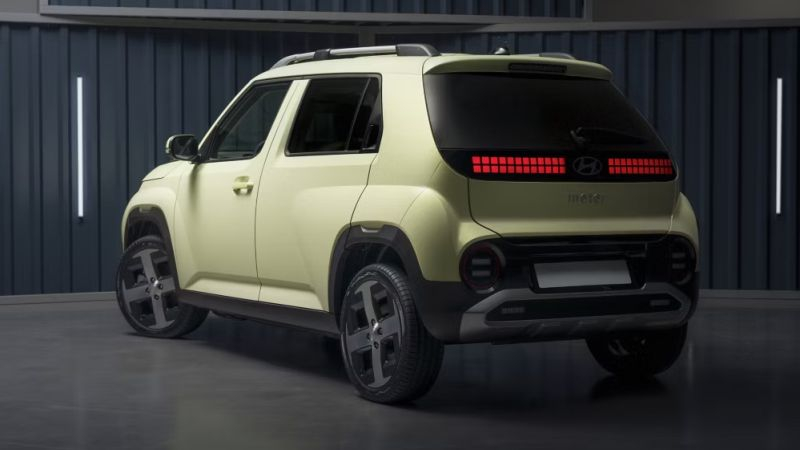
The LED lighting combines ring-shaped daytime running lights with segmented “pixel-style” direction indicators and rear lights that form two sections of a horizontal line at the rear of the body. The car will be offered with two traction battery options: a capacity of 42 kW h provides a range of 300 km according to the WLTP cycle, in the top configuration the figures increase to 49 kW h and 355 km, respectively. At the same time, compatibility with express charging stations with a capacity of up to 120 kW allows you to replenish the traction battery from 10 to 80% in just thirty minutes. The standard charger, connected to an AC network, is capable of receiving up to 11 kW of energy.

The junior version of Inster has a traction electric motor power approaching 97 horsepower, the senior one can boast of 115 hp. The maximum speed of the electric car is limited to 140 km/h in the first case and 150 km/h in the second. The hatchback is equipped with advanced active driver assistance and safety systems, and the all-round view system has migrated from the senior models, which displays what is happening on the flank of the electric car in a round window on the virtual dashboard when starting to change lanes. The diagonal of the profile display is 10.25 inches, another such display, but already touch-sensitive, is located on the central console. The interior of the electric car has enough classic keys to control certain functions, but there is also a niche for wireless charging of a smartphone.
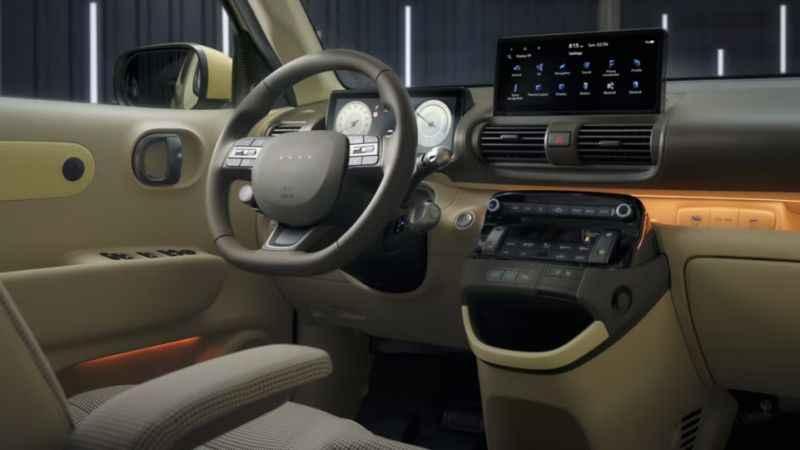
By the way, the central console does not completely separate the driver and front passenger, as is the case in cars with a clearly defined central tunnel, so for an extra charge, the Inster can be equipped with a solid front sofa, and you can move from the driver’s seat to the front passenger seat in any configuration. In addition, the front passenger seat allows you to fold the back, like the driver’s seat. In this case, in combination with the ability to fold the backs of the two rear seats, a relatively flat area is formed, which can be used for transporting long items or trying to spend the night.
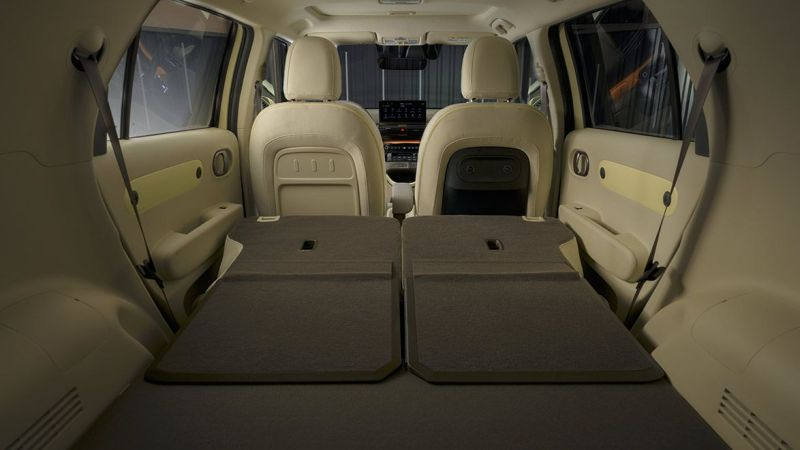
The rear seats, strictly molded for two passengers, can be moved forward or backward, choosing between space for passengers and luggage space. The angle of the backrests of the rear seats can also be adjusted. The Inster hatchback is declared as a strictly four-seater, which is not so surprising given the supposed compact dimensions of the car. For an extra fee, you can get heated not only the front seats, but also the steering wheel rim.
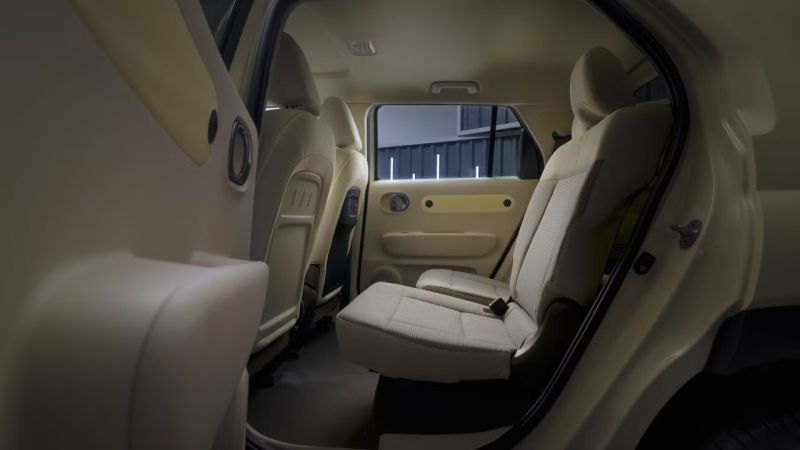
The Hyundai Inster went on sale in South Korea this summer, and will then set off to conquer the markets of Europe, the Middle East, and the Asia-Pacific region. It is unlikely that this model will reach North America, since local consumers’ tastes are more focused on spacious cars, and it is unlikely that the Hyundai Inster will be able to maintain an attractive price when exporting to the local market.
